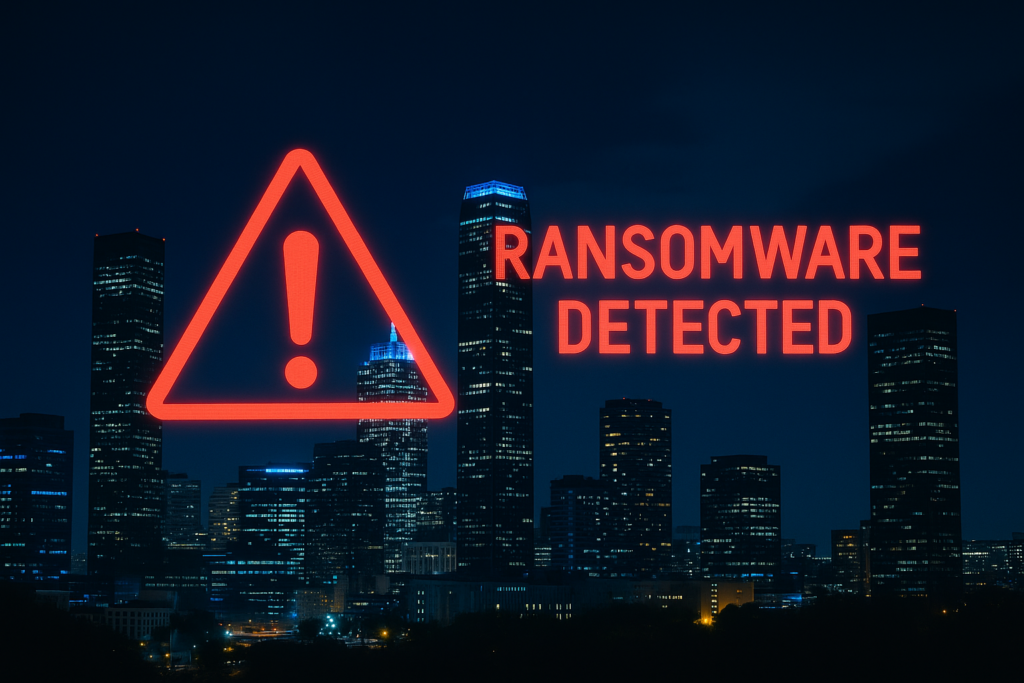In late 2023, the city of Oakland, California, was hit by a large-scale ransomware attack that forced the local government to shut down systems across nearly every department — including police, fire, and emergency services.
The attackers encrypted critical data, including payroll records, legal documents, and citizen service portals.
Despite having backups, the city was unable to recover quickly. The problem?
The backups were outdated — and worse, connected to the same network that got infected.
For weeks, essential services ran manually. Citizens couldn’t access permits, pay fees, or even contact departments online.
Eventually, the attackers leaked 10GB of stolen data on the dark web, including personal records, police reports, and internal communications.
The city had to declare a state of emergency. The financial cost exceeded $8 million — not including the long-term damage to trust.
Key Takeaways for Organizations of All Sizes:
- Backups are not enough — they must be offline and tested
Store critical backups off-site or in isolated cloud environments. Test recovery regularly. - Segment your networks
If attackers breach one part of your system, they shouldn’t be able to access everything. - Monitor for early signs of compromise
Tools like XDR, UEBA, and SIEM can detect unusual behavior before data is encrypted. - Have a real incident response plan
Knowing who does what in the first hour of a breach can limit damage dramatically. - Communicate early and clearly
Transparency builds trust with clients and stakeholders — even during crisis.
Closing Thought
Cybersecurity isn’t just about prevention — it’s about resilience.
The faster you can detect, contain, and recover, the less control attackers have over your business.



